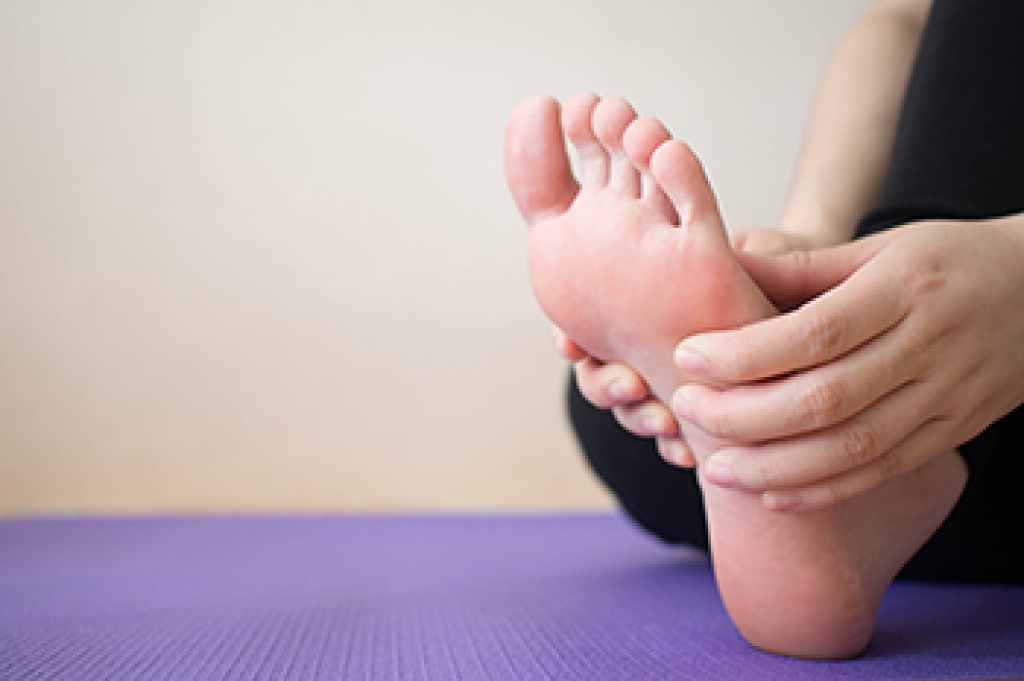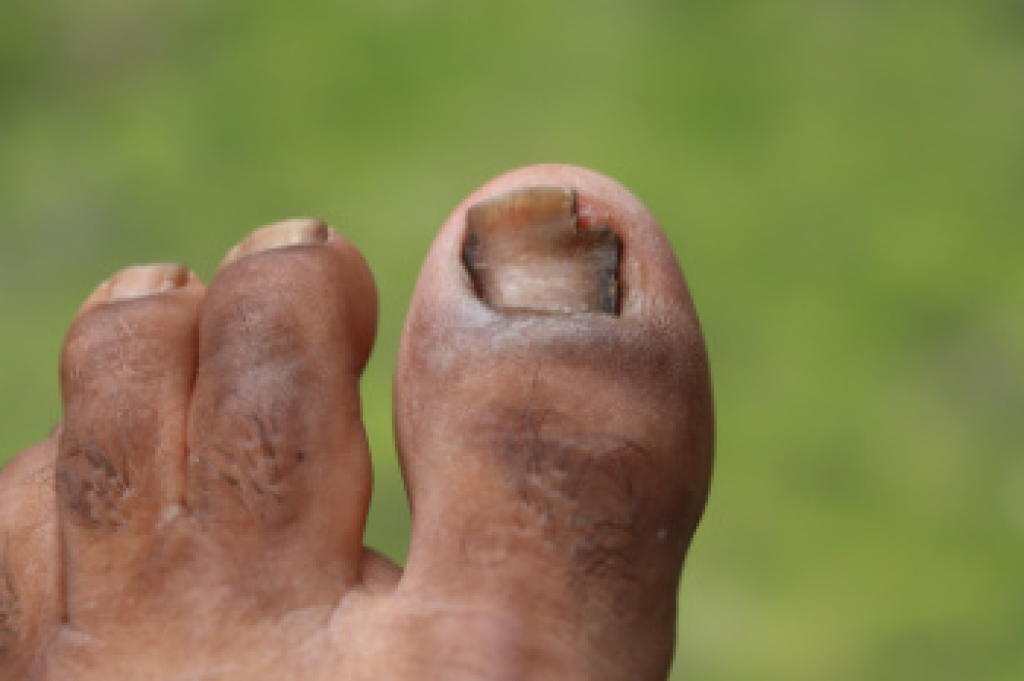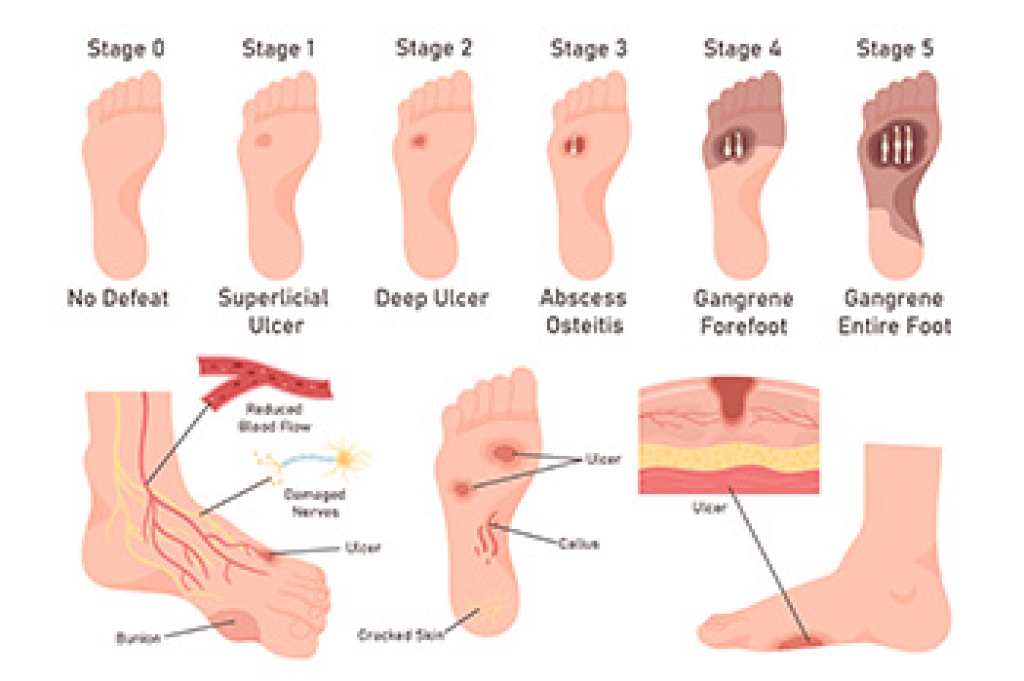
Foot pain is common in Parkinson’s disease and can affect daily comfort and mobility. Many individuals experience dystonia that leads to toe cramping and curling, along with sore muscles and decreased flexibility that make walking more difficult. Some also develop nerve root pain that causes sharp or burning sensations in the feet. Gentle stretches, including a calf stretch, wall push offs, and ankle stretches, can improve mobility and reduce stiffness when performed regularly. A podiatrist can identify the source of pain, recommend supportive footwear, provide custom orthotics, and create a personalized plan to ease discomfort and improve function. If foot pain from Parkinson’s is affecting your daily life, it is suggested that you schedule a visit with a podiatrist who can offer relief tips, and help you to manage this condition.
Foot Pain
Foot pain can be extremely painful and debilitating. If you have a foot pain, consult with Jeffrey Rosenblatt, DPM from New York. Our doctor will assess your condition and provide you with quality foot and ankle treatment.
Causes
Foot pain is a very broad condition that could be caused by one or more ailments. The most common include:
- Bunions
- Hammertoes
- Plantar Fasciitis
- Bone Spurs
- Corns
- Tarsal Tunnel Syndrome
- Ingrown Toenails
- Arthritis (such as Gout, Rheumatoid, and Osteoarthritis)
- Flat Feet
- Injury (from stress fractures, broken toe, foot, ankle, Achilles tendon ruptures, and sprains)
- And more
Diagnosis
To figure out the cause of foot pain, podiatrists utilize several different methods. This can range from simple visual inspections and sensation tests to X-rays and MRI scans. Prior medical history, family medical history, and any recent physical traumatic events will all be taken into consideration for a proper diagnosis.
Treatment
Treatment depends upon the cause of the foot pain. Whether it is resting, staying off the foot, or having surgery; podiatrists have a number of treatment options available for foot pain.
If you have any questions, please feel free to contact our office located in Brooklyn, NY . We offer the newest diagnostic and treatment technologies for all your foot care needs.




